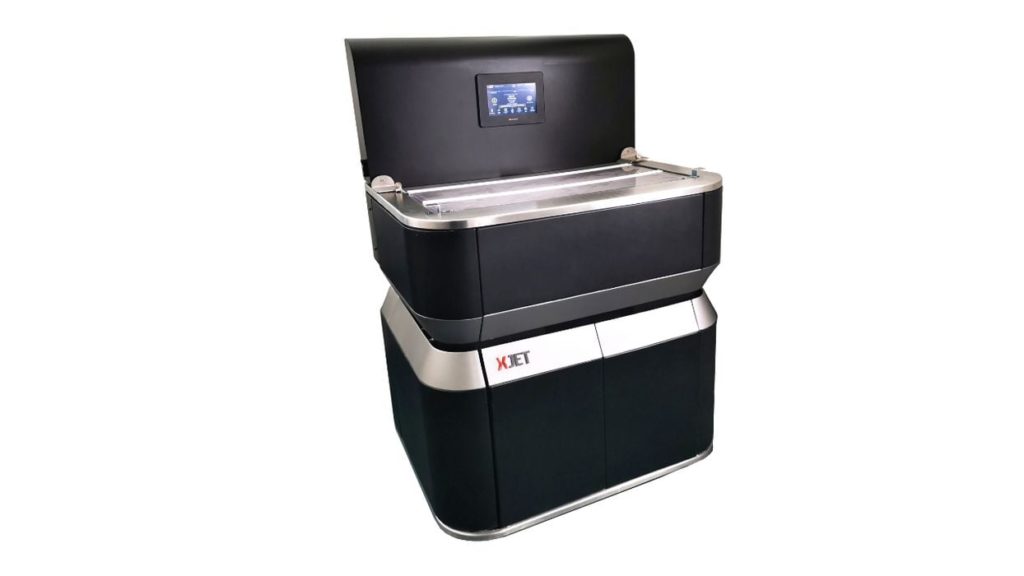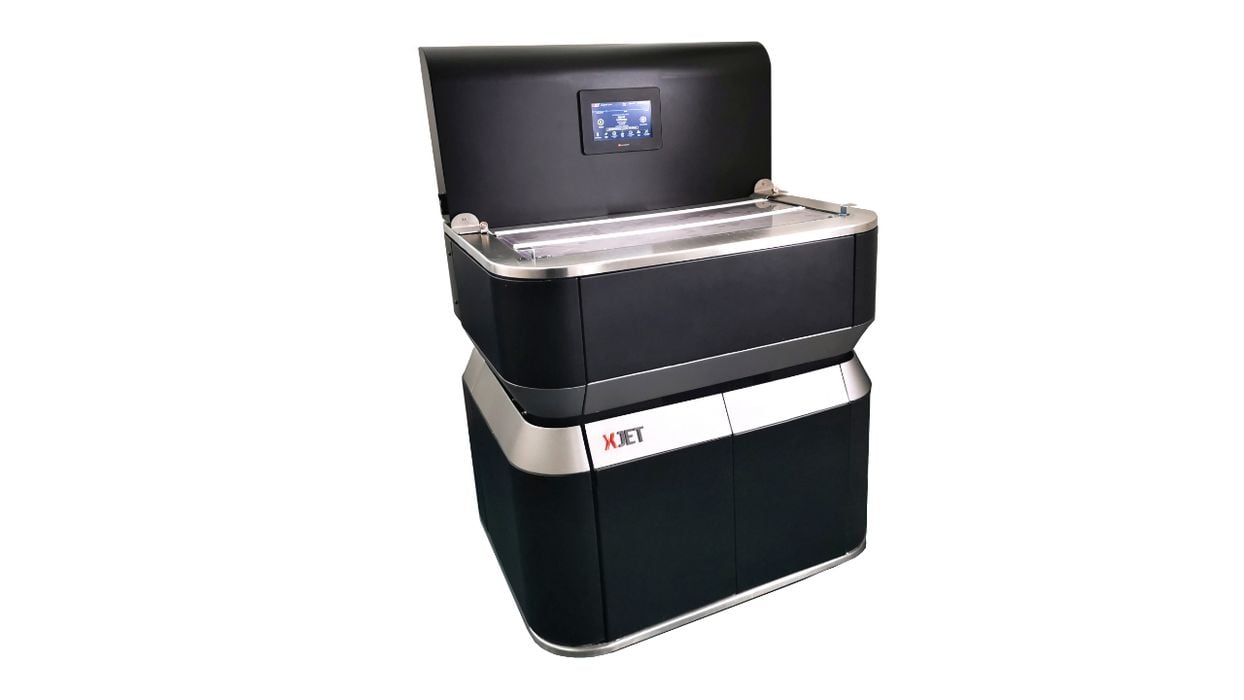
Another week and more news on a dedicated cleaning station. But why so many announcements?
This week XJET announced their new SMART Station would be displayed in Europe for the first time. It’s a device designed to post-process freshly completed 3D prints from their Carmel equipment that the company announced in September. The product name is an acronym for “Smart Material Automatic Removal Technology”. Specifically, it rapidly removes soluble support material temporarily used during the printing process, and is a requirement to finish the part.
The device is tuned specifically for prints made on XJET systems, and offers fully automated “smart” sequences for materials used in the Carmel systems.
That’s all good news for XJET customers, but what’s really going on here?
In the past few months I’ve seen a number of companies announced dedicated cleaning stations, alongside XJET. This week Formlabs announced their new post processing workstations, the Form Wash L and Form Cure L. Earlier, Digital Metal announced the DPS 1000 cleaning station for their metal 3D printer, and Wematter announced their Density Gen II post-processing unit. Other companies, such as Stratasys, have offered dedicated cleaning solutions for years.
Why are 3D printer manufacturers increasingly announcing new post-processing workstations?
I think there are two factors at play here. The first is obvious.
The manufacturers wish to ensure the success of their clients. Without a dedicated solution, clients will “do something” to clean prints and they might not use an optimal process. The post-processing work might be too laborious, too long, and not deliver the highest quality results. It’s even possible they may wreck the prints in some way, and all of that could reflect badly on the manufacturer. You might hear a client saying “these prints are no good,” when in fact the issue is caused by the client-developed post-processing steps.
By offering an intelligent post-processing solution, manufacturers will gain some control over the process and more-or-less guarantee proper results. That should make clients happier, as they’ll receive better prints more efficiently made.
The second factor is a bit more nefarious.
By offering a dedicated post-processing device, the 3D printer manufacturer provides a bit of lock-in to their equipment. An alternative 3D printer’s output might not work so well in a cleaning station specifically designed for other prints and materials. That just might make a 3D printer manufacturer’s systems a bit more sticky.
Secondly, it also subverts the moves by third party manufacturers of independent post-processing equipment. Should they gain a sale in a site, the site might then have the ability to intelligently handle prints from multiple devices, including those from competing 3D printer manufacturers. If a client owns a dedicated solution from the 3D printer manufacturer, they are somewhat less likely to purchase a universal unit from a third party.
All of this also supports the notion of vastly increased production work using 3D print technologies. The major reason for these efficient cleaning stations is cost savings and throughput increases. Those are not an issue when you aren’t producing many parts, but they grow significantly if you do.
It seems everyone is counting on an increase in additive manufacturing.

